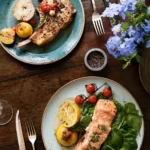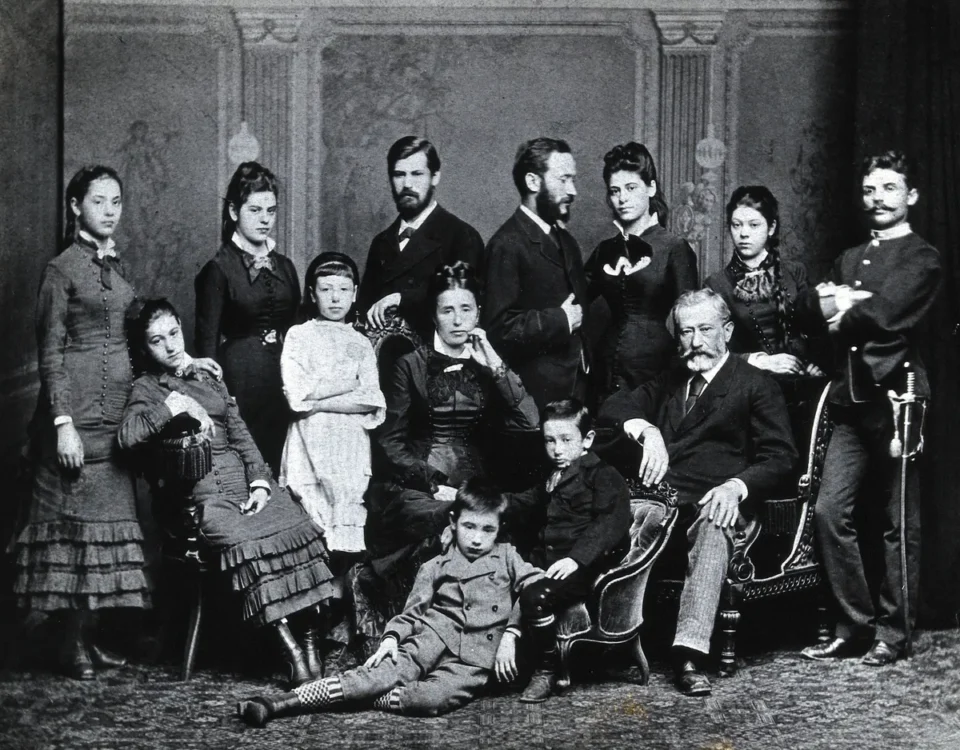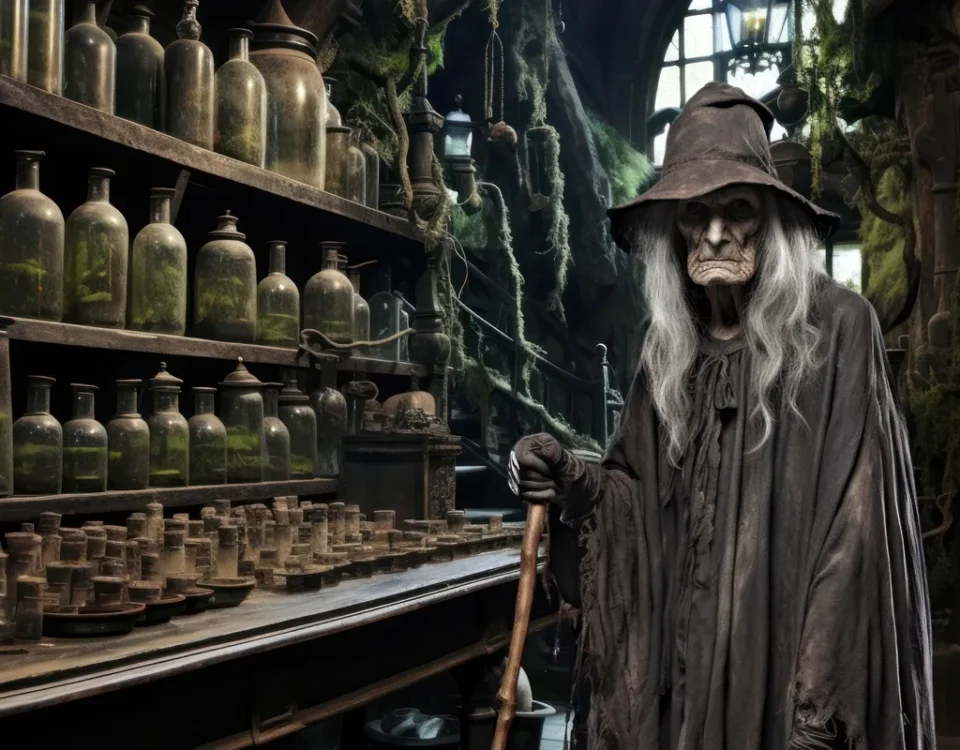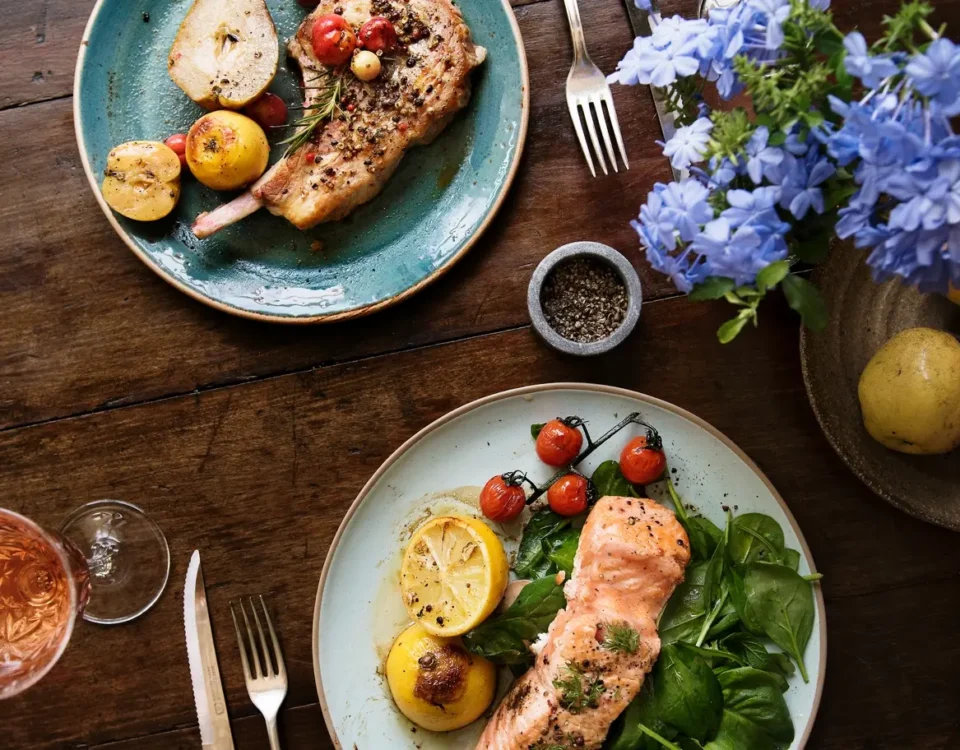
How to Eat Healthy in Medical School (or at Least Avoid Total Nutritional Bankruptcy)
March 14, 2025Summary (TL;DR)
General chemistry deals with clear-cut laws and formulas, such as rate laws and Ksp, whereas organic chemistry explores the unpredictable behavior of molecules, delving into topics like resonance structures, functional group priorities, and reaction mechanisms.
While general chemistry emphasizes balanced equations and precise calculations, organic chemistry embraces complexity and interpretation, making it more akin to artistic expression.
The text highlights that organic chemistry, much like abstract art, thrives on controlled chaos and creative problem-solving, transforming the study of molecules into an imaginative, rather than purely methodical, pursuit.
Organic chemistry is to Jackson Pollock what general chemistry is to a carefully executed paint-by-numbers set. One requires abstract thinking, an appreciation for the beauty of chaos, and a willingness to accept that electrons sometimes just do what they feel like (see: resonance structures and formal charge). The other demands strict rules, precision, and the unwavering belief that if you balance a chemical equation step by step, the universe will not collapse in on itself.
Both are valid. But only one makes you question your grip on reality while drawing mechanisms at 2 AM.

Jackson Pollock’s Convergence, 1952
General Chemistry: A World of Absolute Certainty (and Boredom?)
General chemistry is where you learn the laws of the universe—laws that are cold, unfeeling, and, honestly, a little robotic.
- How to determine the limiting reactant? Follow the formula.
- What is Ksp in chemistry? A number. That’s it.
- What are the different kinds of chemical reactions? There are six. Memorize them. No, you may not add a seventh just because it feels right.
It’s a world of precision—you find the rate law for a first-order reaction, calculate activation energy, and determine molecular geometry with the efficiency of a machine. The most exciting thing you’ll do is calculate percent composition definition chemistry for a compound that doesn’t even have the decency to exist outside of your textbook.
But organic chemistry? Organic chemistry makes you feel like you’re either an avant-garde genius or losing your mind. Sometimes both.
Organic Chemistry: Welcome to the Salvador Dalí of Science
Let’s talk about what is an alpha carbon and why it won’t stop moving around. Unlike general chemistry, where atoms behave like disciplined soldiers, organic molecules behave like artists in an existential crisis. Electrons delocalize, bonds stretch and contract like an elastic Picasso painting, and what is an isomer in chemistry turns into an existential question rather than a straightforward definition.
In this surrealist wonderland, you’ll encounter questions like:
- What is an alpha and beta carbon, and why do they act like drama queens in every reaction?
- How to calculate equivalents in chemistry? (Trick question: Your first attempt is always wrong.)
- What is the difference between kinetic energy and potential energy? Well, kinetic energy is you frantically flipping through your notes before an exam, and potential energy is the moment before you realize you don’t know how to determine R or S chirality.
Organic chemistry forces you to think abstractly. Unlike general chemistry, where an equation must be balanced (why is balancing chemical equations important? Because the textbook said so), organic chemistry makes you interpret electron flow like a Renaissance painter contemplating light and shadow.
It’s chemistry, but with vibes (literally, it’s got vibrations).

Salvador Dali’s The Persistence of Memory, 1931
The Functional Group Hierarchy: A Power Struggle More Dramatic Than a Shakespeare Play
One of the chef’s kiss aspects of organic chemistry is the priority of functional groups. Some molecules get top billing, while others are cast into supporting roles. Priority in organic chemistry nomenclature is basically a power struggle:
- Carbonyls? A-list celebrities.
- Alcohols? Respectable.
- Alkyl groups? Barely extras in the background.
It’s Michelangelo trying to decide which figures in The Creation of Adam got the most dramatic shading, except instead of human hands reaching toward each other, but make it carbonyls asserting their dominance over amines.

Michelangelo’s Creation of Adam, 1512
Rate Laws and Reaction Mechanisms: The Jazz Improvisation of Science
Remember when general chemistry asked you to find the rate law for a first-order reaction and you dutifully followed a formula? Well, organic chemistry scoffs at that. Now you have to determine whether you’re dealing with an SN1 or SN2 reaction, considering transition state theory, rate order chemistry, and whether the molecule even feels like reacting today.
And let’s not forget elimination reactions, where which elimination reaction in each pair is faster depends on conditions, molecular mood swings, and, possibly, what phase the moon is in.
Why Organic Chemistry Feels Like Abstract Art (and Why That’s a Good Thing)
General chemistry makes you think methodically: precision, stability, and most importantly, do not question the rate law equation chemistry.
Organic chemistry is more like painting an abstract masterpiece – you still need structure; you can’t just throw molecules together and hope for the best, but there’s room for interpretation, intuition and creative problem-solving. It’s chemistry, but with vibes.
Organic chemistry makes you think artistically—like Wassily Kandinsky, except instead of painting Composition VII, you’re predicting how to determine the most stable resonance structure in a molecule that refuses to sit still.

Vassily Kandinsky’s Composition VII, 1913
Speaking of Kandinsky—have you ever looked at Composition VII? It’s chaotic yet structured, bursting with overlapping forms and colors, much like molecular orbital theory. Just as orbitals delocalize and electrons move unpredictably yet logically, Kandinsky’s painting is a controlled explosion of color and movement. It might seem random at first, but there’s a rhythm underneath, just like in chemistry. It’s abstraction with intent, just like resonance structures.
It’s not about balancing chemical equations definition anymore—it’s about seeing the flow of electrons, the architecture of molecules, and the potential energy of a reaction before it even happens. It’s a discipline that thrives on creativity, intuition, and the ability to embrace controlled chaos.
So, the next time you’re struggling to understand how to calculate formal charge on resonance structures or wondering why functional group priority order even matters, just remember: you’re not just a scientist—you’re an artist of molecules.
And that’s the kind of chemistry that truly sticks.
Topic FAQs
Take Your Medical Education to the Next Level with Physeo
Whether you're preparing for Step 1, Step 2, or striving to become a more confident and compassionate physician, Physeo is here to support your journey. Our resources are designed to help you master complex concepts, stay motivated, and achieve your goals.
📚 Unlock Premium Study Tools
Dive into our comprehensive video lessons, image mnemonics, and proven study plans tailored for success. Check out Our Plans to explore subscription options and find the perfect plan for your needs.
💡 Stay Inspired with Our Blog
Looking for tips on excelling in medical school, overcoming burnout, or balancing life as a student or professional? Check out our Blog. It’s your go-to resource for actionable advice and stories from fellow medical students and professionals.
📺 Boost Your Learning with Our YouTube Channel
Prefer learning through videos? Subscribe to our YouTube channel for free tutorials, step-by-step explanations, and expert insights to help you ace your exams and thrive in your medical career.
📱 Connect with Us on Social Media
Stay updated, inspired, and connected with Physeo across our social media platforms:
- Instagram: Follow us on Instagram for daily motivation, study tips, and behind-the-scenes content.
- Facebook: Join our community Here for updates, discussions, and support.
- LinkedIn: Connect with us professionally at LinkedIn for industry insights, career advice, and networking opportunities.
🚀 Ready to Excel?
Invest in yourself and your future patients by joining the Physeo community today. Let’s work together to create a generation of healthcare providers who lead with knowledge and compassion.
Start Your Journey NowAuthor
Emily Dinning
Physeo Director of Creative Content
Latest articles
Our newsletter
- Work-Life Balance
- USMLE Prep
- Study Tools
- Stress Management
- Spaced Repetition
- Residency Applications
- Physeo
- Personal Growth
- Pathology Education
- OB/GYN Specialty
- Nutrition
- Neuroscience
- Mental Health
- Medical School Tips
- Healthcare Innovation
- Global Health
- Fitness & Wellness
- Faith & Medicine
- Doctor-Patient Relationships
- Creativity in Science
- Career Planning
- Anatomy Mastery













